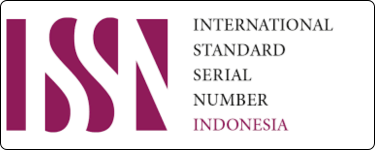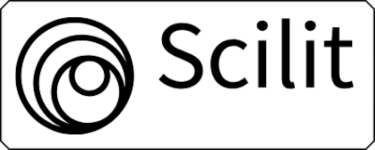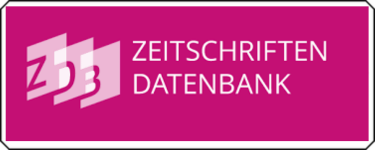Analisis Struktur Organisasi Markas Besar Kepolisian Negara Republik Indonesia: Kompleksitas, Sentralisasi dan Formalisasi
Keywords:
Analysis of Institution; Organizational Restructurization; Police OrganizationAbstract
This study evaluates the organizational structure of the Indonesian Police by analyzing the complexity, centralization, and formalization of the organization. The design of this study is qualitative descriptive, and data are collected through in-depth interviews, observations, and documentary study. The results of this study present that the restructuring of the Indonesian Police through Perkapolri No. 6 tahun 2017 has enlarged the structure of headquarters and increased the complexity, centralization, and formalization of the organization. The structure makes the Police a mechanical organization, which is not suitable for the dynamics of society. The restructuring should make efficient the headquarters and strengthen the local offices so that the Police become an organic structure more responsive to the changes. Theoretically, structural dimensions are not always sufficient to analyze organizational issues. They should be improved by adding a process dimension of the organization that includes the alignment of all divisions and compliance with the organization.
Downloads

Downloads
Published
Issue
Section
License
Please read and understand the copyright terms for submissions to this journal.
Copyright Notice
The Jurnal Keamanan Nasional is under the Creative Commons Attribution 4.0 International (CC-BY 4.0) License, according to which:
1) Authors retain copyright and grant the journal the right to first publication, with the work simultaneously licensed under the Creative Commons Attribution (CC-BY 4.0) that allows the sharing of articles published with the acknowledgement of authorship and the initial publication in this journal.
2) The authors are authorized to make additional contracts separately for distribution of the version of the work published in this journal (for example, publication in an institutional repository or as a chapter of the book), as long as there is recognition of authorship and initial publication in this journal.
3) Authors are authorized and encouraged to publish and distribute their work online (for example, in institutional repositories or on their personal pages) at any time before or during the editorial process, as it increases the impact and reference of the published work.












